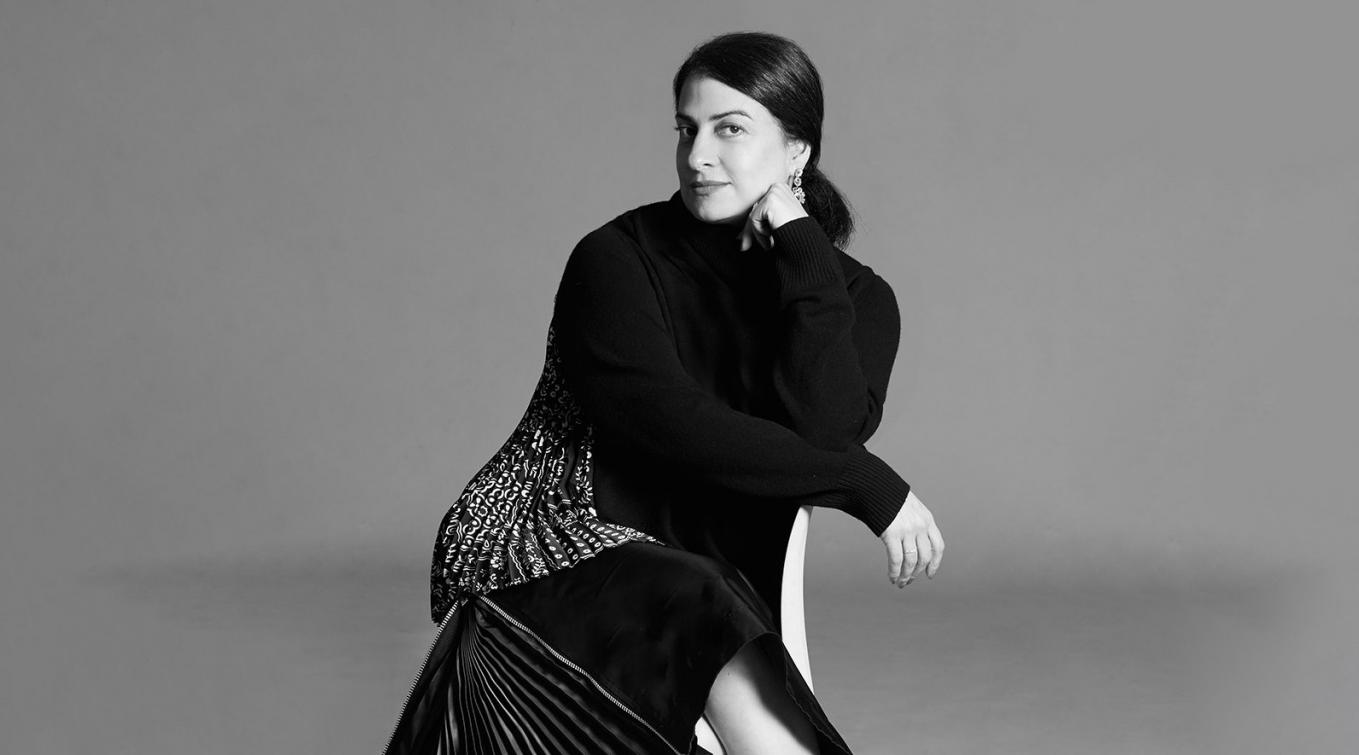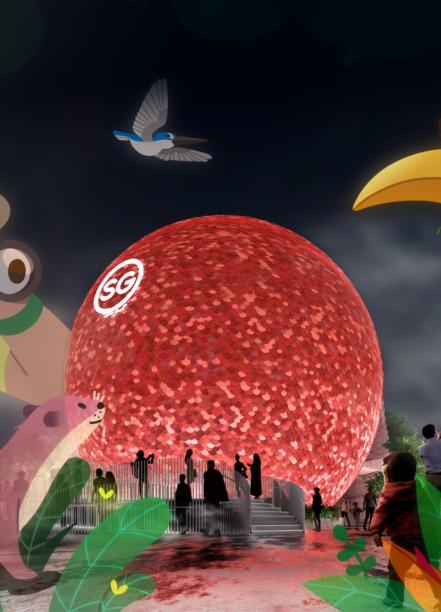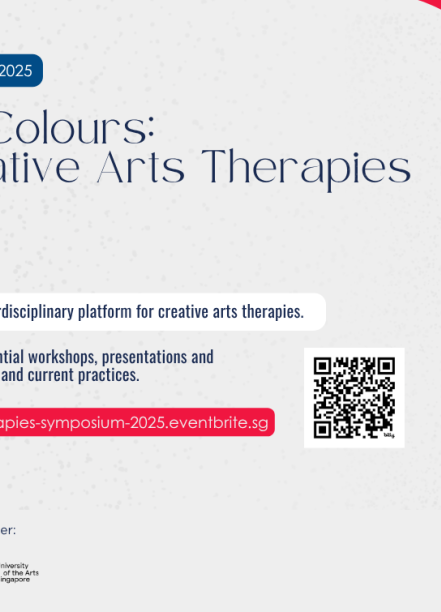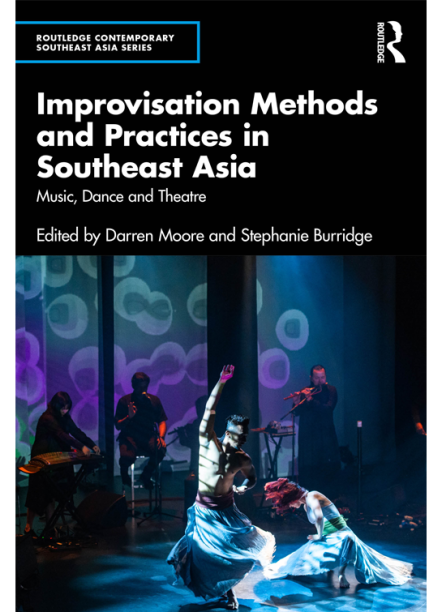The word ‘fashion’ is changing: the way we know fashion today, in terms of runway trends, is expanding. Fashion is now a discipline that deals with physical and virtual bodies. It’s no longer just about tangible clothes, but about experiences: the way our bodies interact with spaces; creating avatars and alternate realities through the screen. Fashion educators in 2021 and beyond will continue to expand these perspectives and dialogues between students and ourselves. We want our students to become not just globally engaged creative thinkers, but also creative makers. The future of fashion is rooted in community, inclusivity and diversity—and overall, a much more collaborative approach.
Grooming a fashion ecosystem
Singapore has evolved greatly in the past years, but there are key areas that are often overlooked: image-making, fashion filmmaking, marketing and visual merchandising. We usually concentrate on the design aspect of fashion as the main component. However, we should look at other areas of fashion to develop our own ecosystem. How do we look at things from a different perspective?
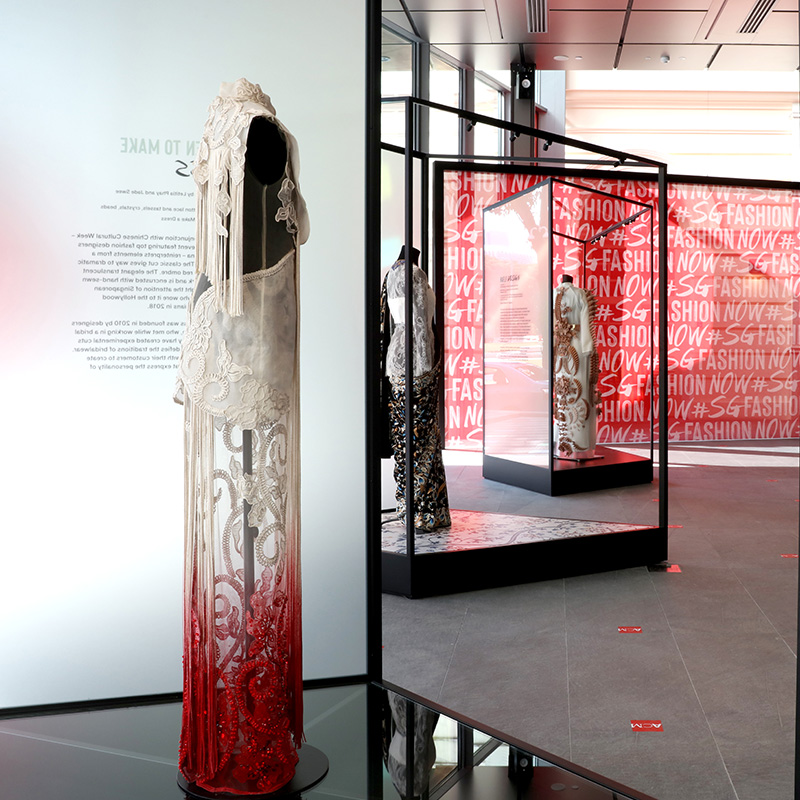
In fashion education, the collaborative aspect is the future. Developing synergies and providing more support to the freelance market is key. #SGFashionNow is a collaborative project Lasalle College of the Arts has with the Asian Civilisations Museum (ACM) that invites students to define what Singaporean fashion is in the form of an exhibition. The students are given a lot of curatorial freedom by ACM—this mentality is something I have yet to find anywhere else in the world.
Singapore has a chance to reimagine existing systems if fashion education adopts an interdisciplinary approach. Look at how fashion can interact with the medical and technology industries. We have a futuristic appeal, so why shouldn’t fashion tap into that? It’s about positioning Singapore as a fashion industry that produces quality—quality in technology, sustainable businesses and new systems.
Based on Singapore’s unique conditions, and our strengths in technology and sustainability, we can inspire our students to not only create solutions with commercial value, but to improve our daily lives as well. We can create great solutions using fashion targeted at people with disabilities, the ageing population, or even to create more advanced uniforms for medical personnel.
Jump with fear
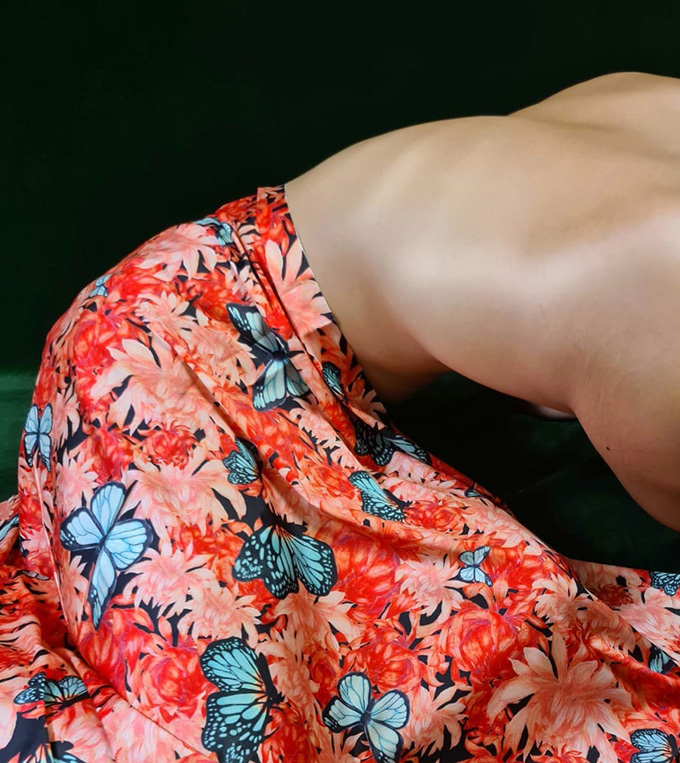
My advice to my students is always to jump with fear. If you’re feeling very comfortable, then there’s something wrong. Of course, everything must be well-researched, and done responsibly and ethically. Some transgressive projects our students have embarked on include a dissection of what halal and haram mean to them; an exploration of gender identity within the Sikh community; and interviewing transgender sex workers in Geylang.
My students approach these topics with such authority, because there’s a proximity to them — it’s their culture and they own it. I love it when my students bring this daring spirit to their work. These issues presented by our students are things that exist, so we don’t deny them that freedom to explore. I tell my students: “We’re not here to judge you, this is your outlet to express yourself.”
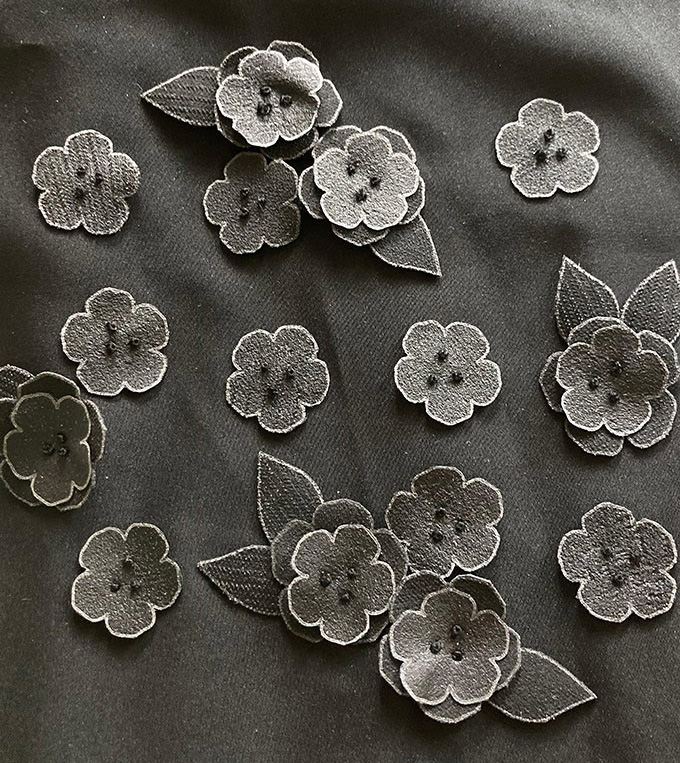
The main pillars of the School of Fashion at Lasalle are sustainability, entrepreneurship and the future of craft. What we aspire towards is to inspire our students to engage with fashion and develop their own language. A lot of what we do is very focused on Singapore, its narrative and unique reality from this part of the world—told by Singaporeans, by Asians.
Fashion for the future
It’s important to see strong research projects that imagine a better future in fashion. It’s interesting because young people are prepared to save the oceans; they pick up trash on the beach, but they are not prepared to sacrifice fashion. How can we introduce new business models that marry the idea of wearing something fashionable with sustainability? We encourage the students to come up with new systems and new ways of thinking from an Asian perspective, and how they can break the mould.
It all goes back to combining innovation in technology with sustainability in practices. The way we can become a leader in fashion is to tap into digital technologies, textile innovations or sustainable systems in fashion. We should start looking at bigger problems that other countries aren’t looking at because they’re not necessarily very glamorous.
Every pandemic brings an opportunity for a renaissance. Students living through COVID-19 have the unique opportunity to become more agile, flexible and creative problem-solvers. From acquiring digital skills to thinking of new ways to communicate their work, they have been exposed to so many unprecedented challenges. This generation has the chance to reimagine the future of fashion.
From an educational perspective, I hope we can impart those skills and instil in them the confidence to imagine a better future. I hope to continue inspiring our students with not just our practice, but with our staff so that they feel proud of the people teaching them. I hope to continue creating more spaces for students to develop their ideas and their design thinking. I hope for them to disrupt and re-imagine the fashion industry in Singapore. I hope they learn from us because we learn so much from them.
Story reproduced from Vogue Singapore. Access the original story here.

